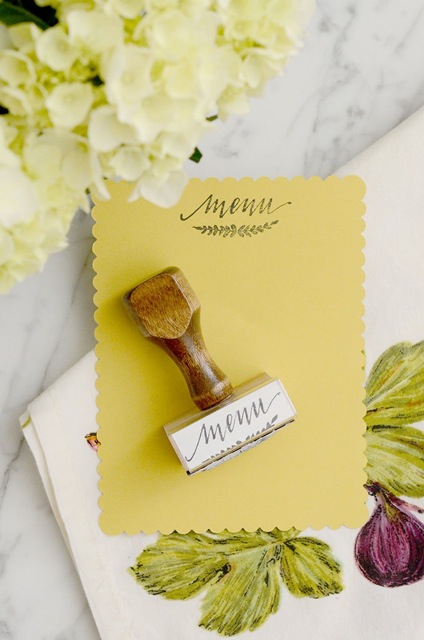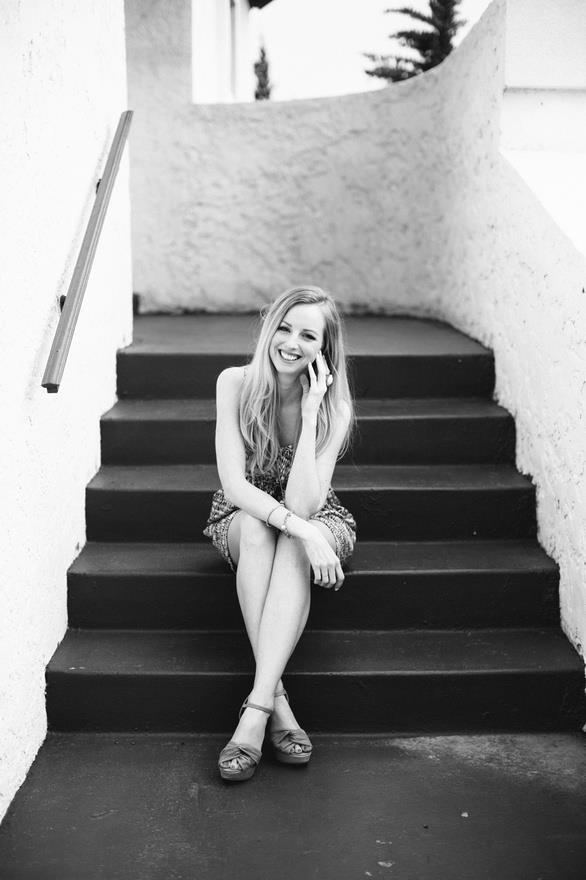Featured Artist
Kelsey Hency | Fathom Magazine
AHD: What is your favorite restaurant in Dallas?
Nonna. An unassuming strip mall across from the Whole Foods on Lemmon Avenue boasts the best plate of pasta you’ll find in Dallas.
AHD: Favorite place to write, edit, or hash out your ideas?
I read every piece out loud which is an embarrassing public practice. So I typically edit and write at home. For anything else I’m most likely found at Royal Blue Grocery.
AHD: What books, authors, or articles are you currently reading?
As far as books go, I am always working through the book we are currently reading in the Fathom book club, Storied. So right now that's our May read, "The Last Equation of Isaac Severy" by Nova Jacobs. I also try to read something I feel like I should have already read by now, so I'm working my way through "The Supper of the Lamb" by Robert Farrar Capon. I am loving every page of that one. Reading articles fills up every crevice in my day. If I have a few free minutes I am scrolling twitter to see what's being shared and checking specific writers pages to see what I missed of theirs. The beauty and cruelty of content is that it never stops, I probably open thirty or so articles a day to keep somewhat of a pulse on what's out there and who is writing really impactful articles. I try not to miss articles written or recommended by Lore Wilbert, Jemar Tisby, Hannah Anderson, Jen Wilkin, John Blase, Emma Green, Barbara Bradley Hagerty, and Fleming Rutledge.
AHD: What do you do as the Editor-in-Chief for Fathom Magazine? Our team only numbers seven and everyone except me works part-time, but our goal is to produce something that looks like a fully staffed resource. So I do whatever we need done. I source articles, go through submissions, edit content, take pictures of books for our book club, and try to plan out a strategic vision for individual issues and future years of Fathom. I also try to make space for my team members dreams. They each have more talent than I could possibly extol adiquitally. So I want to give them space to run.
I don’t copy edit. Trust me, no one wants me to do that.
AHD: You have a business degree and a seminary degree. How did those two experiences push you toward writing and editing?
My business degree and experience were in advertising. People immediately assume those things are counter to one another, but what you learn in advertising and what you learn in seminary is that all people are story people. When I finished seminary I worried I’d have to bury my business degree in the backyard. But as it turned out, certain facets and nuances of the macro story needed an audience, I knew that from seminary. And for that to happen we needed a platform, I knew that from business school.
AHD: You were the mastermind behind the founding of Fathom Magazine. What do you hope to give the world, and the church, through it?
Well, I think if I’m the mastermind of anything it’s knowing how limited my own abilities prove and leaning on the talents of other people. But ultimately, I think the team at Fathom wants to influence a generation of Christians to desire the depths of God and Christian faith. On our “about page” we say, “In the depths we are shaped into Christians who embrace empathy, honor humility, desire intellectual integrity, laugh a lot, and believe in beauty.” I think that’s just what we hope to see. I feel confident that we won’t do that alone, that kind of perspective is cultivated in a society through a collection of influences—local churches, deep friendships, mentorship, art, poetry, music—but Fathom operates in an expectant eagerness to contribute to the cultivation of Christians and of culture.
AHD: How important was community in the hatching and establishment of Fathom Magazine?
Within a couple weeks of knowing I would try to establish Fathom, we were a team of three. We spurred each other on, gained energy and excitement from each other, and reminded one another that the work would (probably, most likely, at least for a little bit?) be worth it. Community was indispensable.
AHD: You’re obviously passionate about writing and literature. What is it that has captured your attention and keeps you working on Fathom in the middle of the night?
When the craft of writing meets the intricacy of human life, thought, and ability I am utterly smitten. An issue of Fathom never comes and goes without me sitting on my couch at home astonished at what people intrust us with. People live hard things, they truly suffer, and then they lay that bare in Fathom. People question perspectives in a risky way and they ask their questions publicly in our digital pages. I hope the value of what people entrust us with is never lost on me.
AHD: The tagline for Fathom Magazine is “deeply curious.” It seems like is really hitting a chord with people. Why do you think that is?
We live in a culture that primarily loves answers but has little time for acquiring understanding. Generally, we want knowledge without the work of curiosity. I wonder if we have that all wrong. God has crafted us to be a people of process. “Here’s a garden,” he said, “work it and keep it.” We’ve been a people built for process from the beginning. I think it’s possible that the idea of “deeply curious” has struck a cord because all that the longing for depth of faith needed to come to life was permission to wonder. A little bit of space to be process-people instead of answer-people.
AHD: You have been on both sides of writing and publishing. What is one piece of advice for writers trying to break into publishing?
Editors are your friend, not your enemy. Work with them cheerfully.
AHD: Fathom gives a platform to emerging writers. Why is it important to support writers who are just starting out in publishing?
Supporting young writers is an investment in the future of publishing. Great writing marries the love of a good idea and the love of a great sentence. But writers have to learn what qualifies an idea as good and what makes a sentence great.
AHD: What would be the first step for an emerging writer to submit their work to Fathom?
Pitch us your article after you have spent some time in our publication. You can send us a formal pitch for an article you would like to write or a manuscript of an article you've already written. All of this should come via a query letter, particularly if you haven't worked with a Fathom editor before. You can google, "How to write a query for a magazine" and get some great help. Mary DeMuth has really helpful tips here. Remember that real life people read your email and that this is your chance to impress editors of any publication from the start. Don't use your first email to ask a question that is answerable on your own like, "Do you publish poetry?" If a publication publishes poetry they already published it. Figure out as much as you can on your own before you send your first email. Also, never strictly invite an editor to your google doc as a form of submission. That is simply not how it works.
AHD: What’s next for you and for Fathom? And how can readers, writers, and artists get involved with the work of Fathom?
We hope to one day see Fathom become a full fledge media company. We hope we take steps in that direction soon.
Readers can share Fathom! That’s huge. Never underestimate the power of a tweet. Writers and artist can submit work to submissions@fathommag.com
Kelsey Hency is editor in chief of Fathom Magazine. She received a MA(CE) from Dallas Theological Seminary and resides with her two little girls and husband in Dallas. You can find more from Kelsey on twitter @KelseyHency and Instagram @kelseyhency.







































































